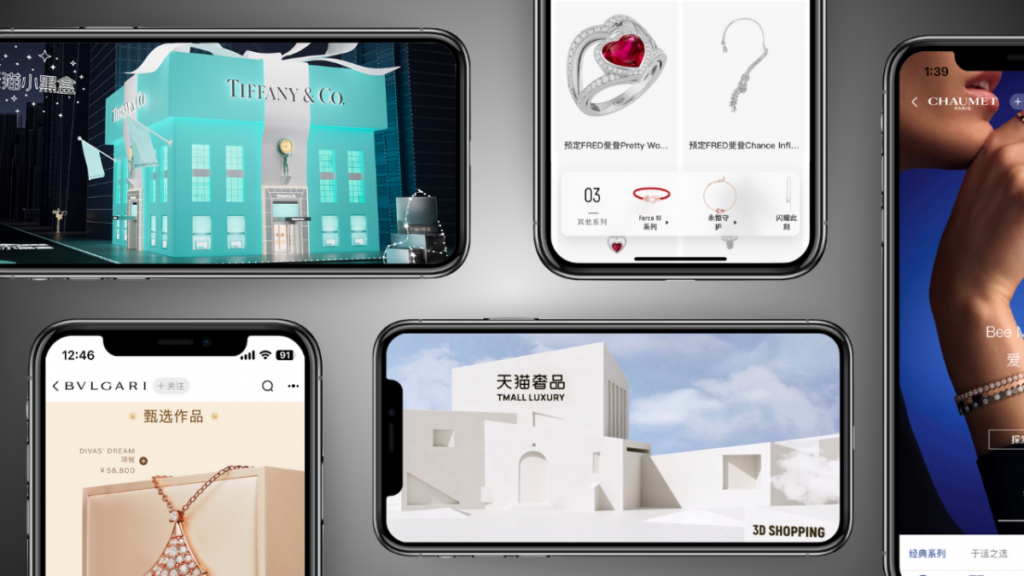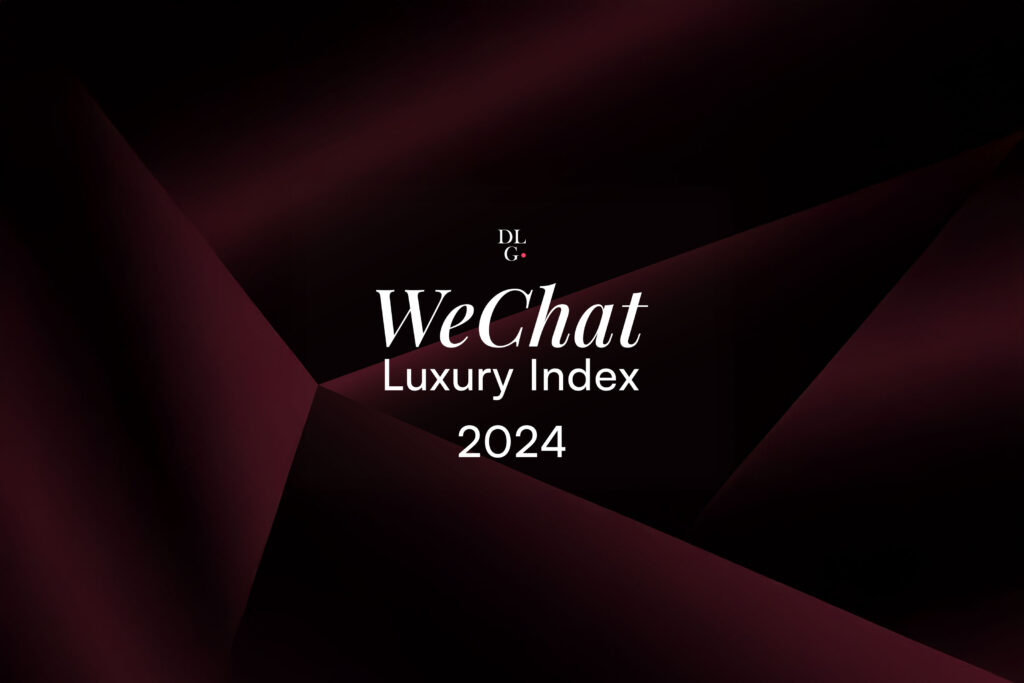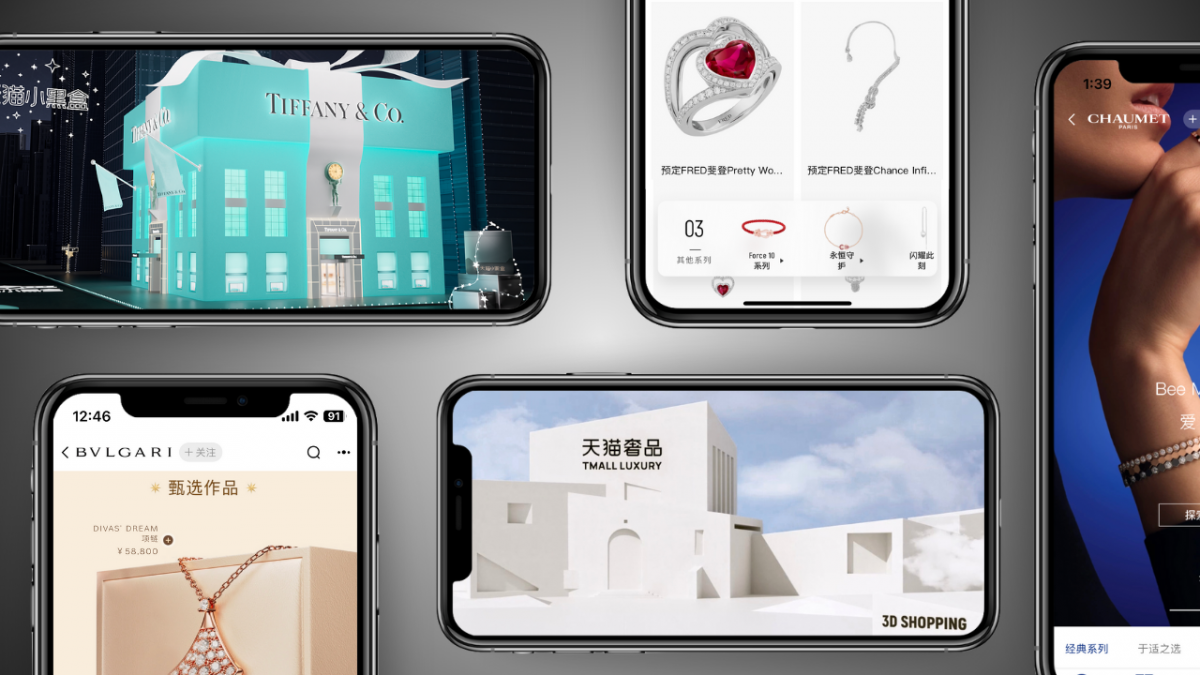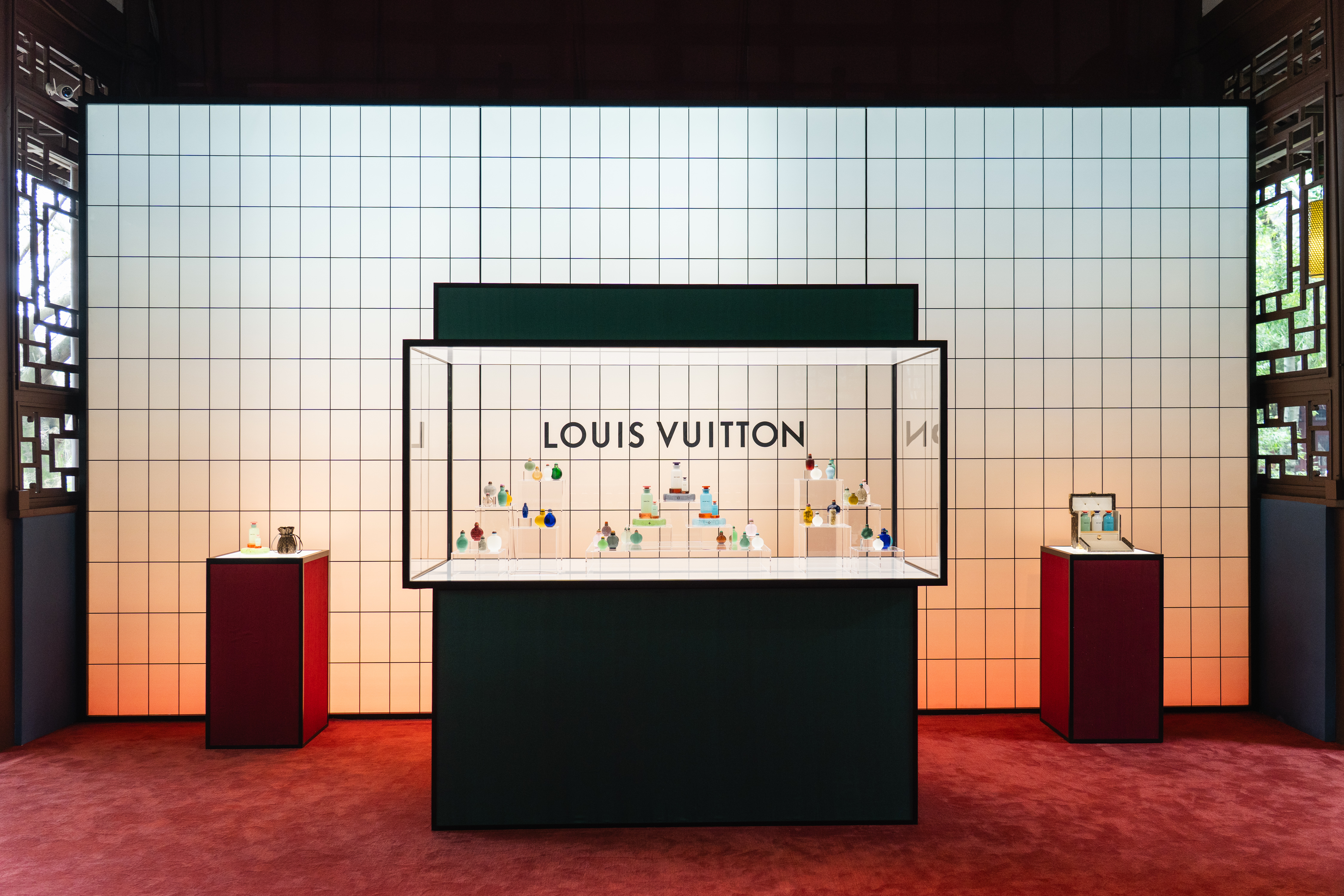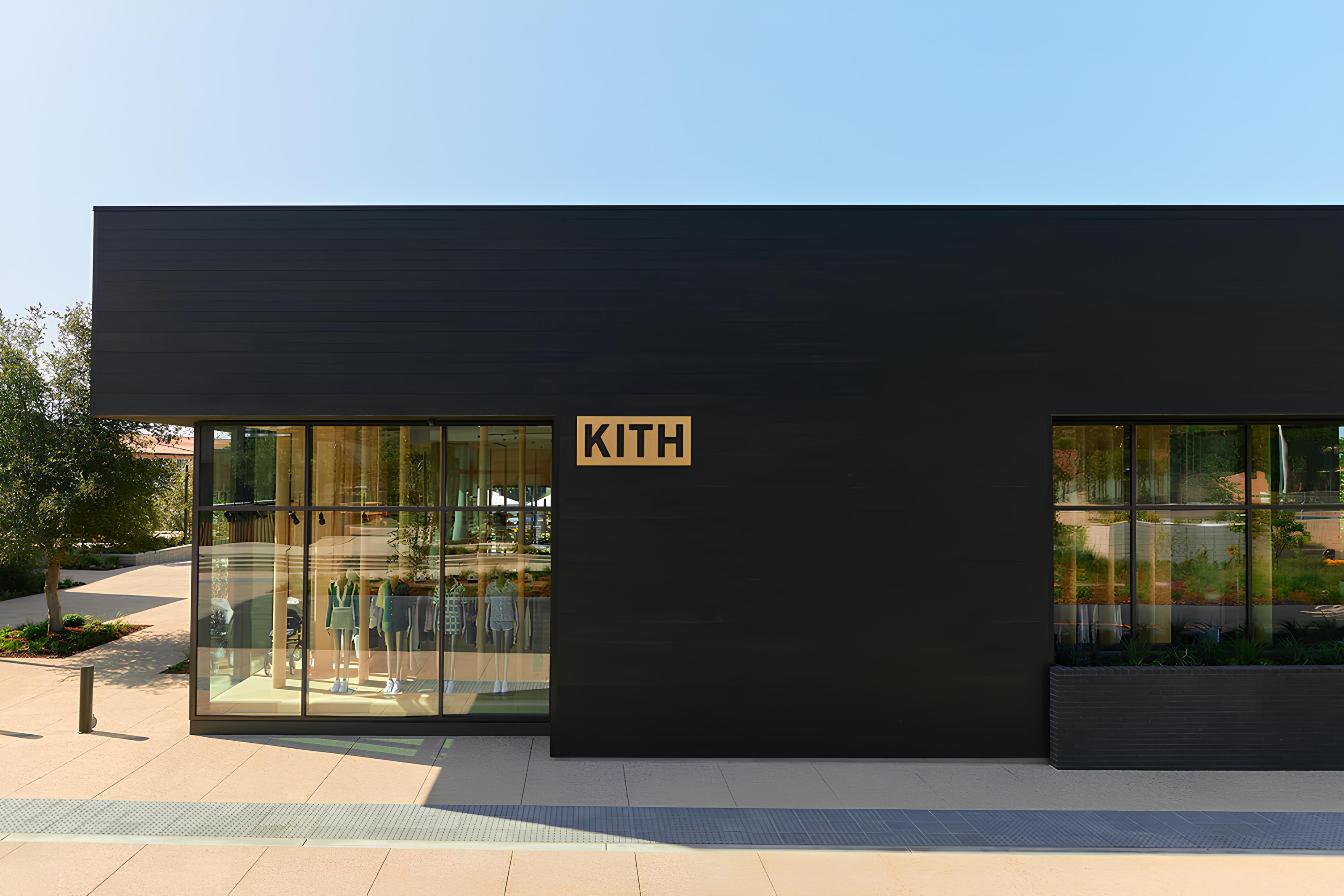Collaborating on capsule collections with luxury brands has been a key part of e-tailer Mytheresa’s product strategy. How does working with luxury retailers on such product lines help brands to stand out?

As brand crossovers continue to grow in popularity as a way to gain more visibility, collaborations between luxury brands and e-commerce platforms have started to trend as well. Given the aesthetic neutrality of these platforms, brands have the added advantage of working with a clean slate in such collaborations (as opposed to when they choose to work with artists, celebrities, or even other brands). This lessens the burden on the brand in bringing together two different design identities. The overlap in audiences (both the brand’s and the platform’s) may also result in create greater traction.
A Calculated, Data-driven Approach
Indisputably, the concept of a capsule collection is no longer as appealing as it once was. They are no longer like the attention-grabbing but pared down “Seven Easy Pieces” launched by Donna Karen in the ’80s. Instead, the market is now saturated with countless limited edition releases, collaborations and drop series. Consumer fatigue is real, and capsule collections that don’t appear to be starkly different from a brand’s seasonal product line-ups have become tiresome in the eyes of consumers.
This is where e-tailers bring something extra to the table: With hundreds of brands stocked on their site, these platforms have a wide and diverse range of consumers. Given the audience size and advanced data tracking capabilities, brands are afforded a great deal of insight into their target clientele – preferences in styles, colours and cuts for the season; average basket size; and even audience demographics by brand.
Platforms like Mr Porter have taken things a step further and leveraged these insights to launch its own product offering. The leading men’s luxury portal collected shopping data from more than 600,000 consumers over six years, before launching the Mr P. label in 2017, modelled after industry trends, production costs, and detailed customer preferences.
Understandably, building a platform-owned brand is not in every e-tailer’s business plan. But having access to that level of consumer insight is extremely valuable when it comes to designing capsule collections, especially in this day and age where options are aplenty and consumers have limited attention spans. This could prove helpful to brands in developing products that stand out and better appeal to their target audience.
New Digital Opportunities
Another benefit of partnerships like these is that they enable brands to test the waters when it comes to e-commerce – without having to fully invest in a whole internal structure and setup. Apart from gauging the viability of the channel for sales of their product lines, such an opportunity could also help the brand in building up its community of online consumers.
While this might seem similar to the benefits gleaned from working directly with e-commerce pure players to retail on their platforms, it should be noted that product collaborations (namely a capsule collection, in this case) suggest an additional element of co-marketing – something that might not be explored at full scale under a consignment or wholesale model, for instance.
With the rise of consumer consciousness and its resulting impact on the fashion industry, capsule collections need to be more than just a whimsical break from a brand’s main collection. They have to consider the discerning consumer and incorporate elements that will enrich the products offered – and e-tailers are giving other collaborators a run for their money. More than just a pure sales channel, these luxury retailers have become a bridge for brands to connect with and better understand contemporary consumers, cultivate their brand image, and even explore new business models.
Cover Image: Bella Lieberberg/Mytheresa. Photo: Courtesy.


